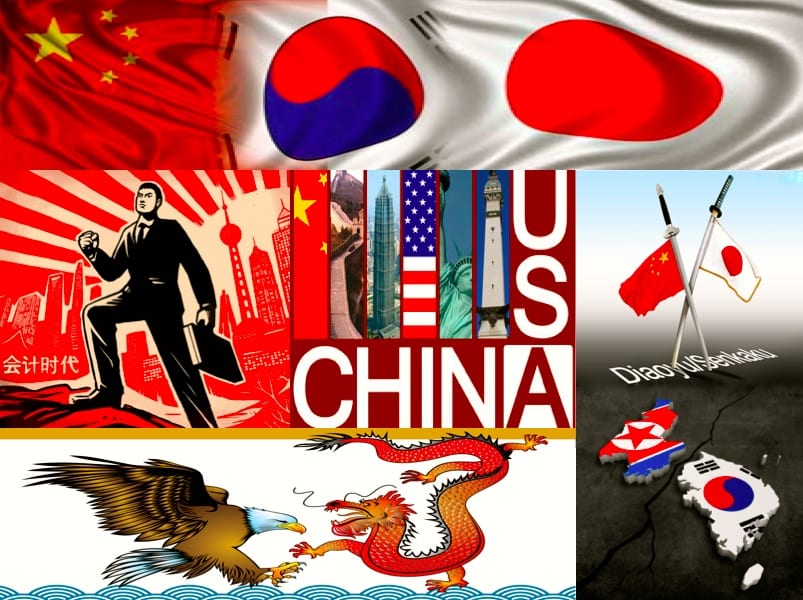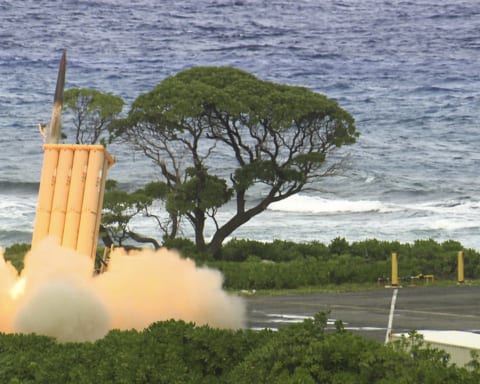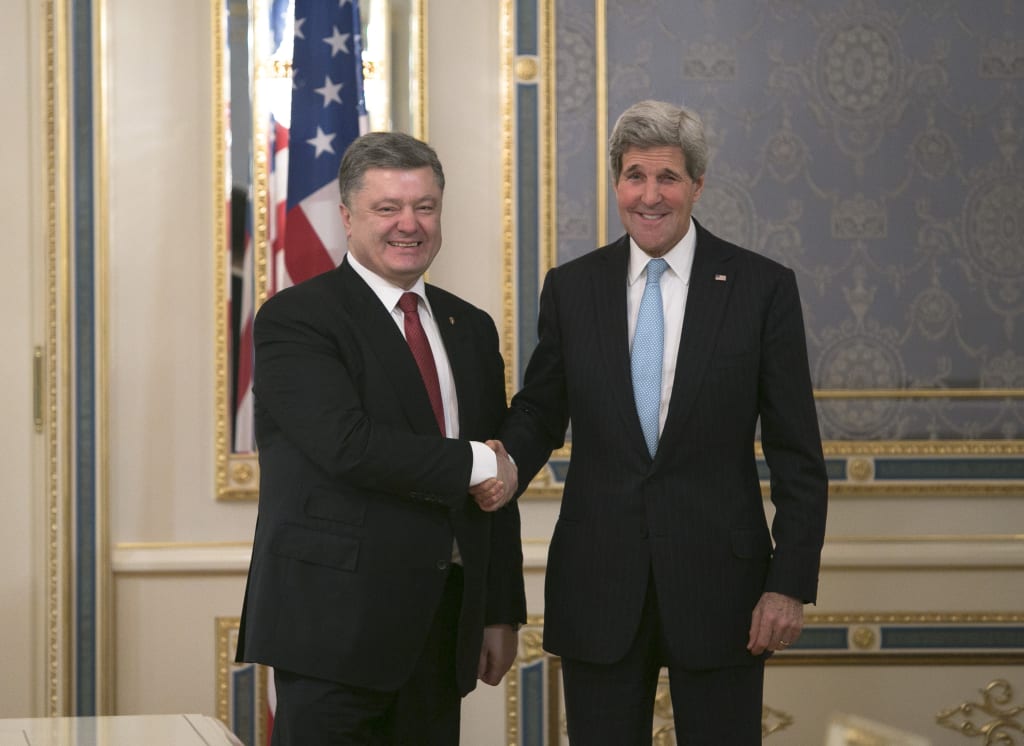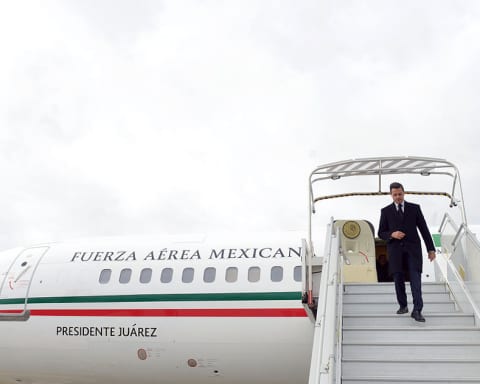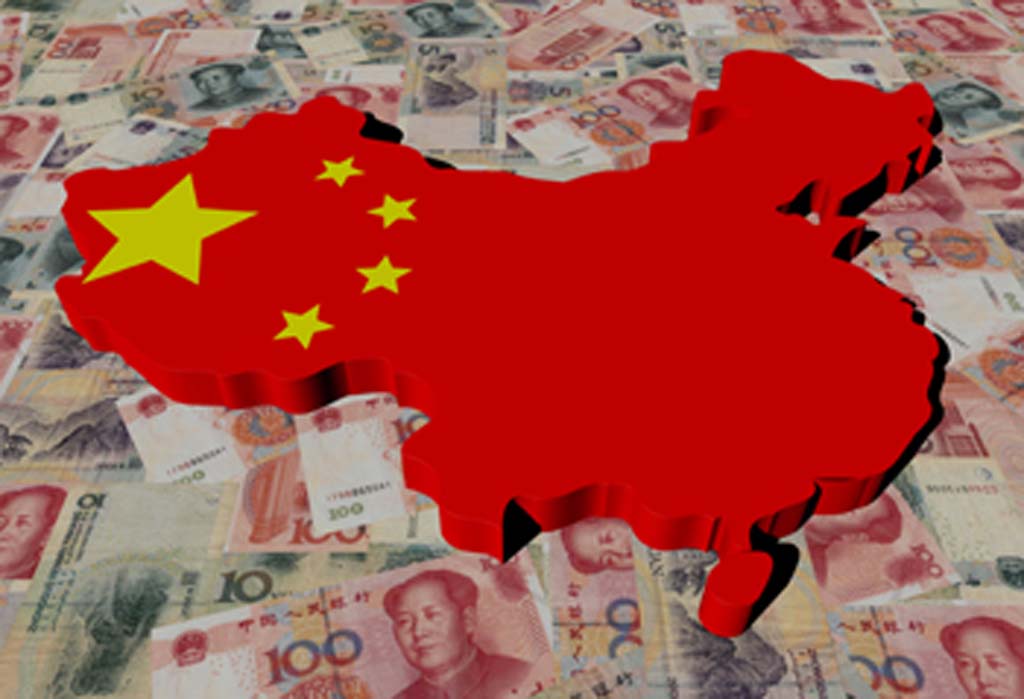Bearing witness to today’s Asia summons to mind an almost classic resurgence of sovereignties, seemingly clashing over that ageless title of Greatest Empire of Them All. Although the warmongering skirmishes of old are not the tactic of choice among these modern kingdoms, the dynastic intensity of ancient times has found a new ascendency in the Far East. The reemergence of power in China knows no bounds as she extends her territorial authority to inexplicably draw in lands already claimed by her neighbors. Japan’s imperialistic rhetoric towards China resounds from a not-so-distant past as, perhaps, a brighter yet harshly glaring dawn now rises in a potential military standoff of resolute might versus immeasurable grandeur. Midway between these great powers lies the Korean peninsula, burdened by an everlasting armistice and torn in half by both political ideologies and opposing allies. The Korean peninsula remains a prolonged battleground for communism and capitalism, stalled by a ceasefire agreement that could easily collapse, as the two sides, poised with hair-trigger alertness, stand ready to engage at any moment.
Economic collaboration has bolstered an unprecedented level of reconciliation and coherence that has prevented the tentative outbreak of full-scale war in the Pacific. However, an undeniable and irresolute contestation within the region prevails as complex power politics, national identity issues, homogenous fault-lines, and other major factors encompass a rather divided Asia. Contrarily, the close proximity and shared economic ambitions of East Asian nations may engender a somewhat unorthodox composition of orderly states that boldly compete with one another. The compelling intricacy of domestic and foreign policy decisions among nation states attests to this paradox of East Asian regionalism, functioning as both opposing forces and interdependent agents. (In Japan, the “entrapment vs. abandonment” dilemma of obligatory actions or defiant inaction impinged upon by an “all or nothing,” “with us or against us” perception by America; in China, the “containment vs. engagement” politico-economic dilemma, though highly controversial; in South Korea, the “China vs. America” middle power alliance obstacle.) For what has propelled the region to its present status may throw these countries down a route of obscurity that is neither wholly good nor fundamentally bad, but profoundly transformative.
A tectonic shift has undoubtedly gravitated from the West to the East, as Asia, and China in particular, rises in politico-economic ferocity; America’s hegemonic status staggering under the weight of a looming Pacific dominance and the inevitability of a newfound Eastern supremacy. Financial struggles have recently gripped the West to such an extent that the alluring notion of Asia’s rise becomes a rather provocative reality. However, a realm of contention between those who view the ascendance as imminent and those who find it to be wholly superficial has come to light in both the East and the West. Supposing that the theorized “Beijing Consensus” will surpass the Washington Consensus is not so much an outlandish idea, but a believable actuality for the power transitions hovering just beyond the horizon. The absorption of other East Asian nations into China’s sphere of influence is a very visceral fear and conceivably lies at the fore of future relations with the U.S. and China. One could easily determine and validate the reputation of Sino-American stability through their respective and reciprocal payoffs of wealth generation, but the supposed international “norm” by which both countries treat their condition is one of semi-friendliness bound by pseudo-enmity. High tension withstanding on both coasts of the Pacific, monetary gain has not eased the strain of political discord as America’s allies wait in dread for China’s overwhelming breadth of power—an ever-present, ever-vigilant posture from both parties barely keeping confrontation at bay!
The trilateral efforts and plights of China, South Korea, and Japan can either contribute to prosperous integration and near-utopian regionalism or mark more divisive rifts along the geopolitical map than ever before. Along with South Korea and Japan, Vietnam, Taiwan, and other nations have been empowered by the U.S. and embittered by China, yet it is their national identities within the global order that sets them apart, while fundamentally assuming the role of decisive actors in China’s presumed (re)rise to power. Safeguarding tradition is a practicality of the Eastern nations that outlives the novelty of the times, rooted entirely in the historical context of social self-preservation and the circumscribed setting of Asia. The pervasiveness of national and cultural heritage in the East conflicts with the consequences of globalization that these nations have so passionately embraced and a kind of identity crisis has emerged from the virtues of rapid development and fierce modernity. Globalization has been good for Asia, where the international market has vested a profound interest in the region that far exceeds the scope of simple economic transactions. The future of the world is contingent on the wealth generated by Asia and the spread of globalization has, arguably, made that an actuality, but the boundaries of homogeneity have emplaced stopping-points along the way. Additionally, the unique interplay of “middle power” strongholds predetermine the course of Asia’s future, but alliance strategies throughout the Pacific are burdened with overlapping choices of security, monetary aspiration, and the multilateralism-bilateralism dilemma of the Sino-American dichotomy. Despite how successful commercial tradeoffs have been, opinions can drastically alter for middle powers and weaker powers alike. Thus, with the transnational sphere of alternating influence, the power transference theory becomes an eminent reality for those under the weight of superpowers.
Multilateralism is the quintessence of East Asian regionalism, but a cross-bilateral diplomacy between the People’s Republic and the United States rests with the Korean peninsula. China-backed North Korea and America-backed South Korea epitomize the microcosm of political power rivalry that is the two Koreas. Despite some infrequent skirmishes here, a little collateral damage there, and the occasional scare of nuclear development and testing, nothing utterly significant has occurred that could lead to another recommencement of war. While both Koreas cautiously hold a watchful eye and heedful ear towards one another, this near-calamitous borderland is, oddly enough, a profoundly stable site of contention where empty threats harbor the only unstable action. Global attention, however, and aid from China, especially, are the compelling drivers behind North Korea’s provocations, as monetary support from China calms the contemporary Hermit Kingdom from disastrous harm. China is politically aligned with and economically obligated to the sustainment of North Korea, albeit at the expense of assisting America’s enemy with hardly enough relief that it limps along as a weak yet dangerous “buffer zone” to its American ally to the south.
The pursuits and merits of the East and the West can be witnessed as explicitly contrary yet implicitly comparative, as the histories of both worlds may have advanced in their own direction, following their individual trajectories that, nonetheless, mirrored the rise and fall of civilizations at nearly all ends of the world. Much of this has changed with the advent of globalization, which has grown from brutal clashes of societies in bygone eras to the exchange of goods and commerce to, finally, mass media and social networks. This has drawn both worlds together—out of the shadows of barbarism to the brilliance of civility—and it was, perhaps, the syncretic methods of employing multiple philosophies from the East and the West that enabled the circumscribed world of these Confucian societies to be where they are now. In recent history, Japan was the first imperial regime that, because of the predominant East Asian syncretism guiding their cultural development, incorporated the Western paradigms of colonialism and industrialization. Presently, China has seized the helm of advantageous authoritarian by abandoning any objective protocol that could maintain and promote peace with its neighbors, engaging instead with an offensive that could leave bloody trails in its wake. At the onset of “Mega Dam” installations throughout the country’s borders, hydroelectric energy conservation has solidified as the penultimate domestic interest superseding the concerns of neighboring nations, with water flows from the People’s Republic to the Indian subcontinent and Southeast Asia severed by the ruthless damming of China’s boundaries. Reasonable diplomacy and overarching alliance networks have been crucial to the preservation of America’s power and presence worldwide, but China has embarked upon an entirely self-serving and potentially self-destructive path of its own. Recent airspace calls by China to claim maritime zones in the South China Sea further prove that China’s imposition on disputed territory is as undiplomatic as it gets. China’s willful disregard is evident in the establishment of an artificial island to birth new ground on shallow waters, leaving the international community in a quandary. Japan may be the sole rival in the region to mightily stand against China’s expansive campaign, as the Senkaku/Diaoyu islands dispute attests to these two major East Asian powers’ plot to retain land at all costs. Like some intrepid architect bent on the ruination of pristine order for chaotic reconstruction, China tests its mettle in a manner solely profitable for immediate satisfaction yet erosive to its prospective ambitions as superior hegemon.
To conclude, the comprehensive architecture of Asia is now one of fiscal collaboration and robust security matters among all the respective states in the region. The dynamism of a paradoxical Asia, although indisputably unparalleled in scope and economically vibrant beyond measure, is one of tension, uncertainty, and caution. Yet the miracle that is East Asian regionalism overrules the very clear and present dangers that lie in wait, whereby the finality of Asia’s vigor and prestige may not be met with the dire swiftness of collapse but with the peaceful triumph of remarkable harmony.
